Avoy Datta
GABO: Graph Augmentations with Bi-level Optimization
Apr 01, 2021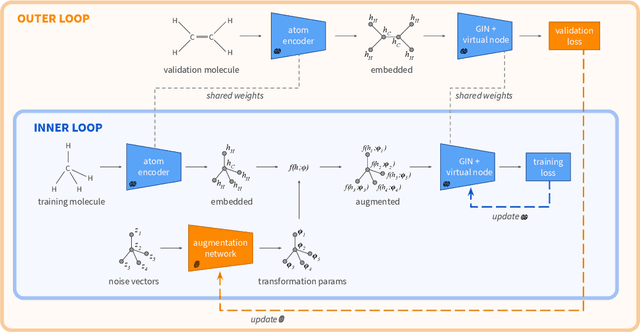

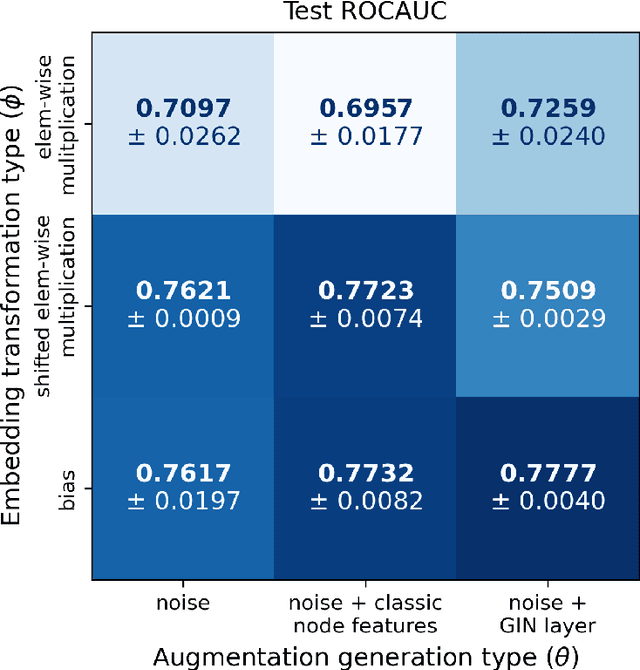

Abstract:Data augmentation refers to a wide range of techniques for improving model generalization by augmenting training examples. Oftentimes such methods require domain knowledge about the dataset at hand, spawning a plethora of recent literature surrounding automated techniques for data augmentation. In this work we apply one such method, bilevel optimization, to tackle the problem of graph classification on the ogbg-molhiv dataset. Our best performing augmentation achieved a test ROCAUC score of 77.77 % with a GIN+virtual classifier, which makes it the most effective augmenter for this classifier on the leaderboard. This framework combines a GIN layer augmentation generator with a bias transformation and outperforms the same classifier augmented using the state-of-the-art FLAG augmentation.
Binarized Neural Networks for Resource-Constrained On-Device Gait Identification
Mar 30, 2021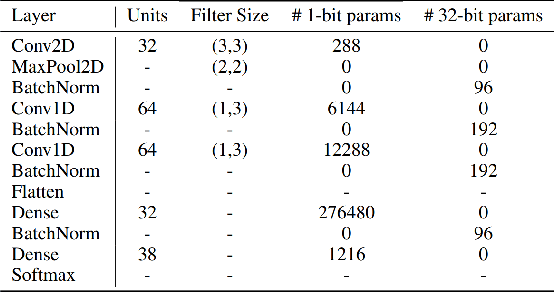

Abstract:User authentication through gait analysis is a promising application of discriminative neural networks -- particularly due to the ubiquity of the primary sources of gait accelerometry, in-pocket cellphones. However, conventional machine learning models are often too large and computationally expensive to enable inference on low-resource mobile devices. We propose that binarized neural networks can act as robust discriminators, maintaining both an acceptable level of accuracy while also dramatically decreasing memory requirements, thereby enabling on-device inference. To this end, we propose BiPedalNet, a compact CNN that nearly matches the state-of-the-art on the Padova gait dataset, with only 1/32 of the memory overhead.
Continuous Weight Balancing
Mar 30, 2021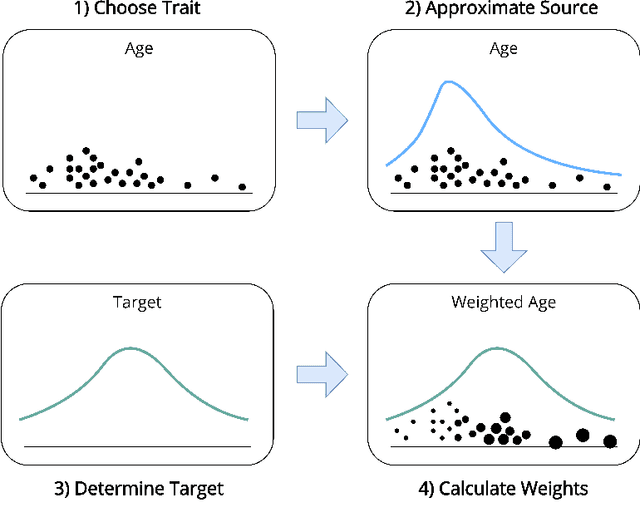
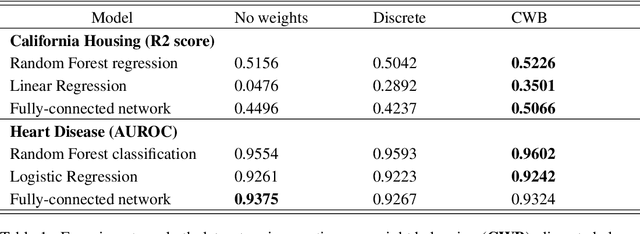

Abstract:We propose a simple method by which to choose sample weights for problems with highly imbalanced or skewed traits. Rather than naively discretizing regression labels to find binned weights, we take a more principled approach -- we derive sample weights from the transfer function between an estimated source and specified target distributions. Our method outperforms both unweighted and discretely-weighted models on both regression and classification tasks. We also open-source our implementation of this method (https://github.com/Daniel-Wu/Continuous-Weight-Balancing) to the scientific community.
 Add to Chrome
Add to Chrome Add to Firefox
Add to Firefox Add to Edge
Add to Edge